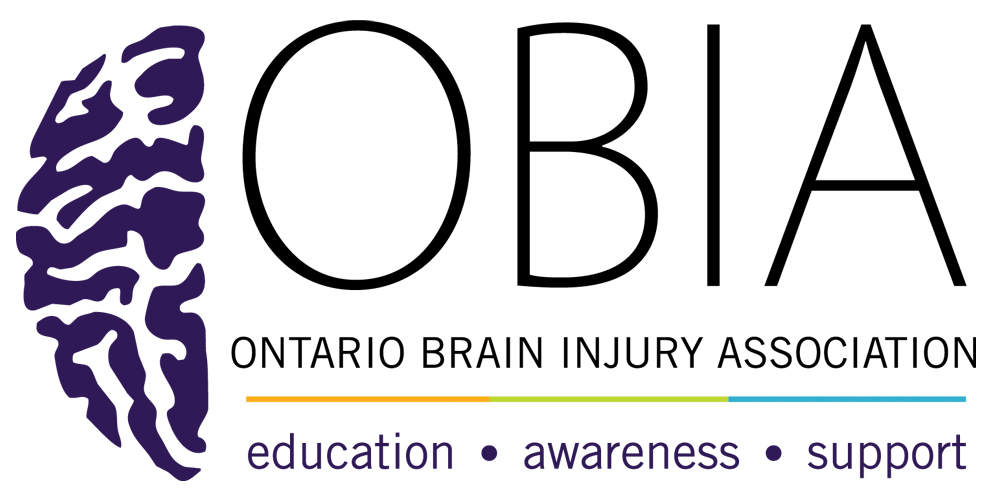Quick Facts
- Changes in speech are common after a brain injury and this can make communication difficult
- Dysarthria refers to a difficulty making clear speech sounds due to motor control impairment
- Difficulty or an inability to express oneself does not mean a loss of intelligence and their ability to understand language
What does it
look like?
- Speech may be slurred or slushy sounding
- Volume may be soft and very slow, or rate of speech may be too fast
- Difficulty controlling the flow of air from the lungs
Possible Causes and Complications
- Weakness, paralysis or lack of coordination of the muscles responsible for making speech sounds
- Damage to the part of the brain involved in the control of muscles
What can we do?
- Communicate in a quiet place (i.e. turn off the T.V. or radio), keep noise and light to a minimum, and keep the room cool and uncluttered
- Encourage the person to speak slowly and split longer words up (i.e. dish-wash-er)
- Don’t rush to make assumptions about what they are trying to say or pretend to understand
- If you cannot understand, have them repeat one word at a time or try to phrase it in a different way
- Jot down notes as they talk and repeat what you have understood
- Ask simple questions if appropriate such as “point to…”, or “do you mean…”
- Suggest that the individual:
- Write information on paper
- Try using a picture, word or alphabet board
- Use gestures
- Use communication aids provided by a healthcare provider
Disclaimer: This information is not meant to replace advice from a medical doctor. Consult a health care provider regarding specific medical concerns or treatment.

